#color morph
Text
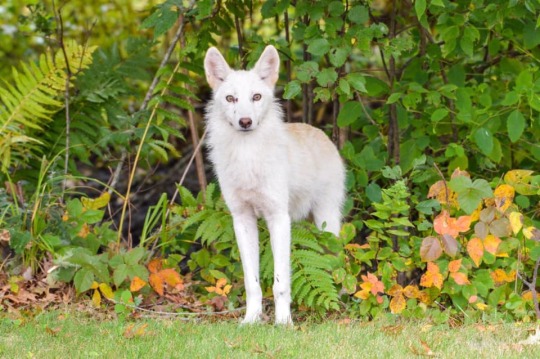
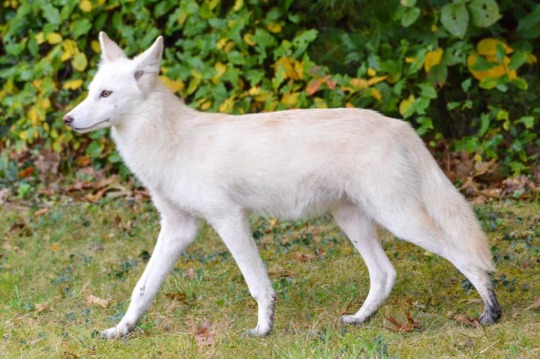
Leucistic Coyote in Falmouth, Virginia [x]
11K notes
·
View notes
Photo
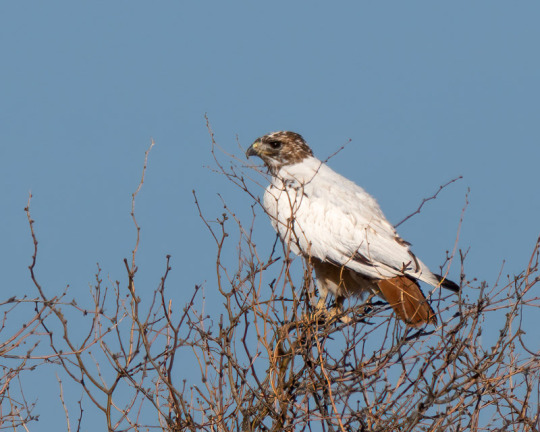
Leucistic Red-tailed Hawk in Pinal County, Arizona
2K notes
·
View notes
Text
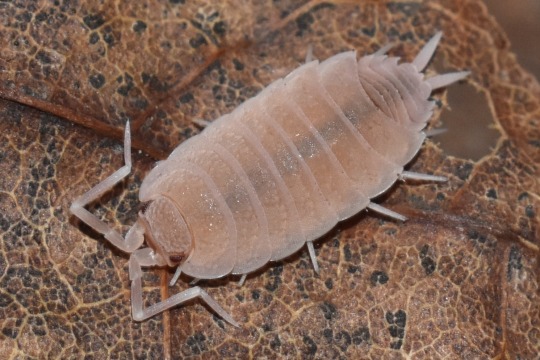

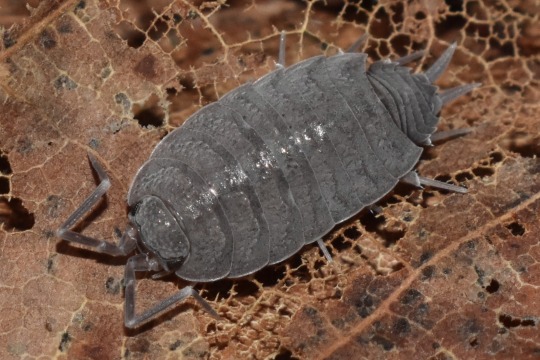
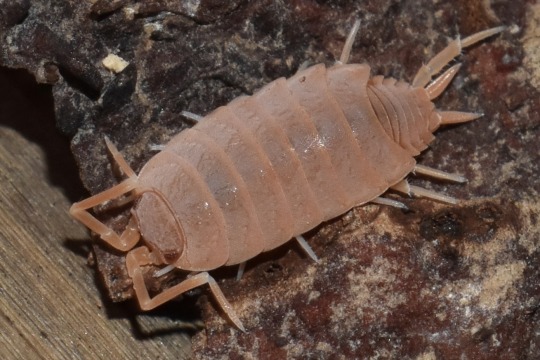
four color morphs of Porcellionides pruinosus: “Rose Quartz,” “Whiteout,” wildtype, and “Orange”
a pretty common species, but its waxy coat is uniquely beautiful, and there’s some nice texture underneath too!
510 notes
·
View notes
Text

Multicolored Asian ladybeetle (Harmonia axyridis) [x]
#ladybug#Harmonia axyridis#multicolored Asian ladybeetle#Asian ladybeetle#insect#invertebrate#color morph
348 notes
·
View notes
Text

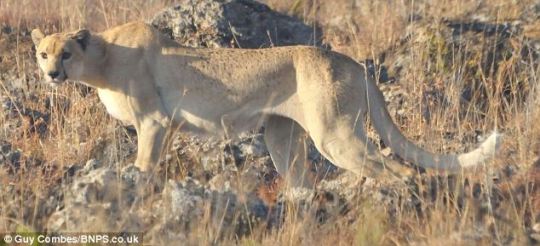
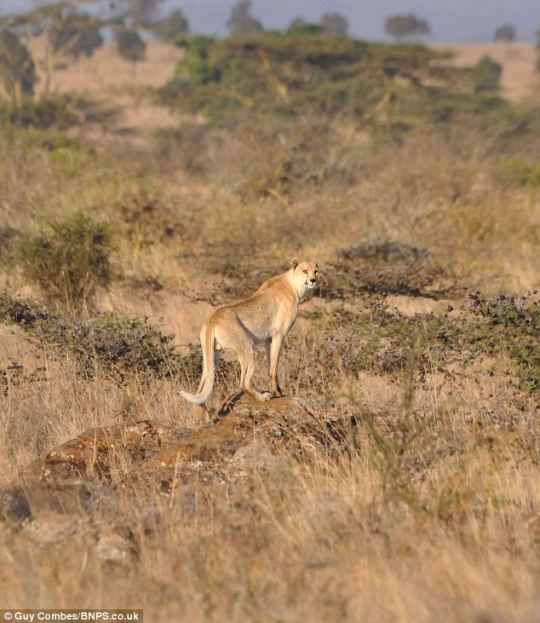
Spotless Cheetah, photographed by Guy Combes
#i know the artist i linked is the same photographer. i just cannot find these pics on his studio#so unforunately. stuck with daily mail#ill gladly change them if someone can find a direct link#cheetah#cheetah morph#color morph#oddity#color mutation#other peoples photos
71 notes
·
View notes
Note
Why do so many cats come in melanistic, but not all of them? I want to see an all black cheetah not just like a king cheetah which are awesome too but still.
i had to look this one up, because i honestly did not know! and the results are fascinating, to say the least.
turns out, melanism has evolved multiple different times across different genera of cats! the cop-out answer could be that cheetahs simply haven’t evolved complete melanism yet, but there are some other potential reasons to explore.
in Lucas Gonçalves da Silva’s publication simply titled Big Cats, he dedicates an entire chapter to the ecology and potential evolution of melanism in leopards and jaguars (the only big cats known to display complete melanism)
in his research, he found that the rate of melanism in both cats is around 10% of the sample groups, but there is a very strong correlation between living in dense, wet forests and the greater frequency of melanism.
in fact, melanism was completely absent from jaguar populations that lived in open floodplains areas, while the phenotype appeared at predictable rates in closed forest habitats.
so based on these trends, it seems that melanism is particularly linked to living in areas with high moisture, high temperature, and dense foliage, while being less common in open and flat terrain. it follows this trend, then, that cats like lions (and cheetahs, though they are not part of the genus being studied here), who live primarily in open grassland habitats, would probably not develop complete melanism in any significant population.
(that being said, though, servals have been known to come in all black, so these trends seem to be specific to the panthera genus, and it isn’t anything more than a hypothesis anyway.)

we still aren’t 100% sure why melanism is linked to wetter forested environments in larger species. it could be simply more advantageous in that environment, and thus naturally selected for (neutral polymorphism), but da Silva suggests that this might not be the case. rather, factors such as humidity and temperature may influence the development of the genes which code for coloring, causing the phenotype to appear more frequently.
here’s a link to the chapter about melanism in panthera, i highly recommend taking a look at it:
22 notes
·
View notes
Text

#tiger#tigers#big cat#big cats#white tiger#white tigers#color morph#animal meme#animal#animals#wildlife#animal memes#meme#memes#animal facts
97 notes
·
View notes
Text

radium foxes are an extinct color morph of the silver fox first noted in 1935 on a farm in Shawano, Wisconsin by Fred Eberlein. above are the only known taxidermy specimens (x) of the variation before becoming extinct in Wisconsin in the 1940′s. the radium foxes are described by a Wisconsin newspaper as being “all white, except for a blue-black undercoat”. interestingly enough the radium fox may not be extinct in European fur farms under the name “slate glow”.
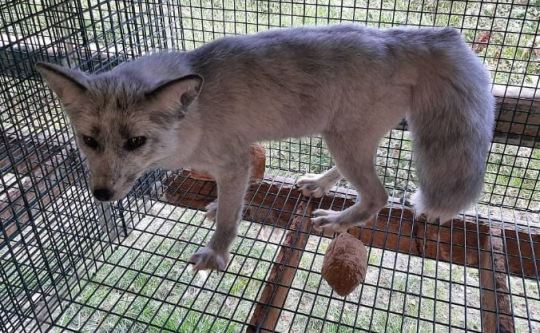
above is a “slate glow” fox (photo credit to uniquefoxes on Instagram, used with permission), the fur appears to be a white color with a dark blue-tinted undercoat that shows around the eyes and ears. although not identical to the taxidermied foxes from Shawano, Wisconsin, they share a striking resemblance.

(fur close up by ChallengersVeir)
#foxes#fox#fur farm#fur farm history#zoology#slate glow fox#radium fox#color morph#fox color morph#fox biology#oddities#odditiesandcuriosities#vulture culture#vc#vc community#real fur#fur fashion#fur industry#taxidermy#taxidermy cw
266 notes
·
View notes
Text


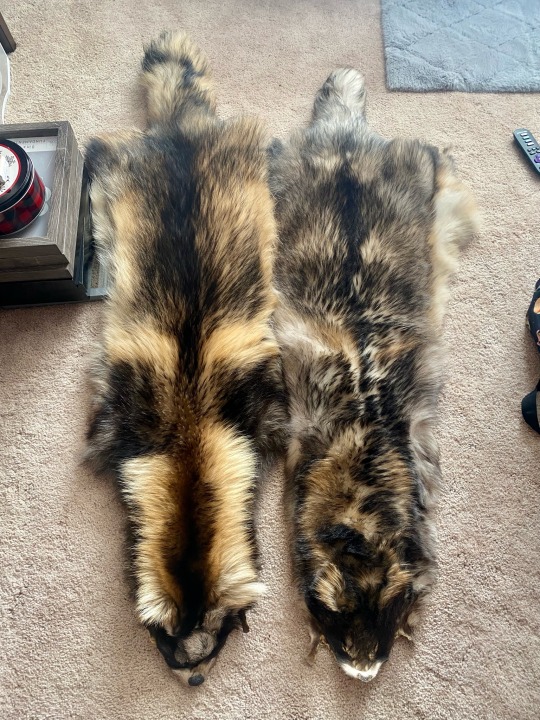
T.anuki color morphs!
Left are Arctic marble. Middle are erythristic. Right are more normal colored ones.
I have been collecting a few of these lately. These ones are ranched. ^

^ This tiny one is from an invasive population in Europe. Look at that size difference!
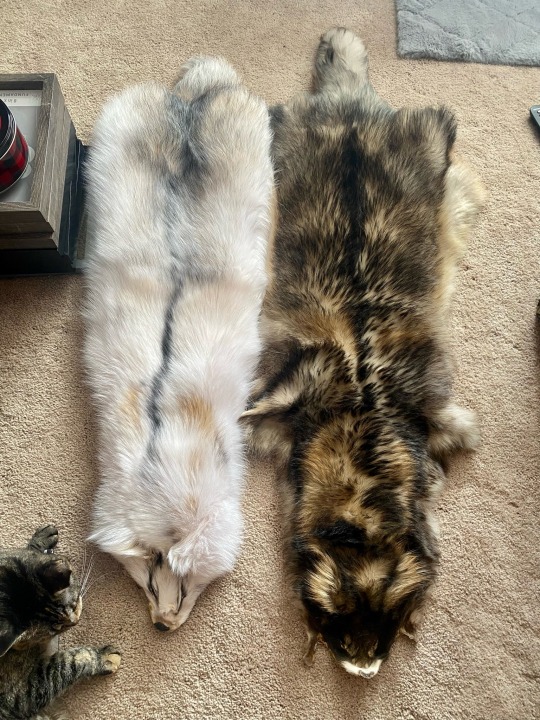
^ These two will be for sale soon! That Arctic marble is a super rare coloration. I have seen no more for sale.
I had a full white pelt but that one sold already. I do have three all white tails up for sale right now and several regular ones.
77 notes
·
View notes
Video
by Penny Hyde
#Amur leopard#Far Eastern leopard#endangered#Big Cat#Leopard#San Diego Zoo#zoo#melanistic#color morph#captive#Mystique
56 notes
·
View notes
Text
youtube
Posting this because there’s a good clip of some wolves playing! Plus, PRETTY!!!
32 notes
·
View notes
Photo


Melanistic Maned Wolf
10K notes
·
View notes
Photo
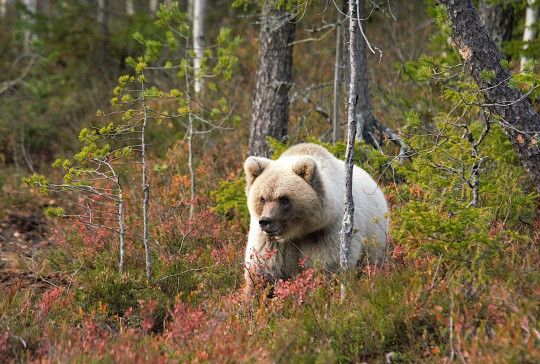
Leucistic brown bear in Finland
861 notes
·
View notes
Text

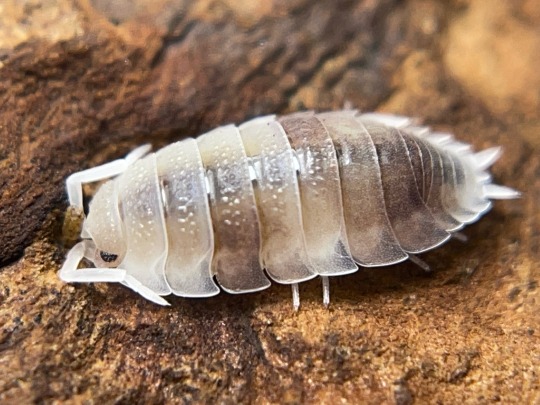

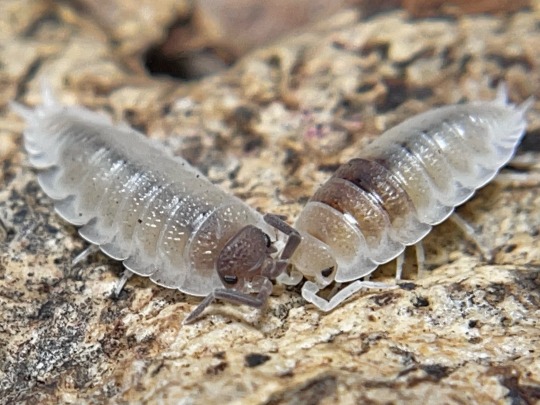
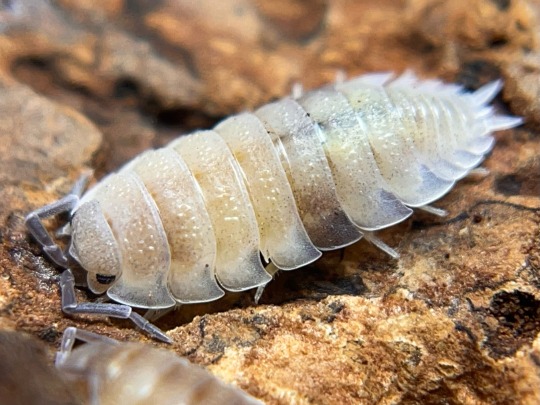
Porcellio scaber “Smoke” is a variety that I very recently found in a captive colony of local scaber. they have slightly diluted gray or calico base color with white patches of highly variable size.
I chose the name “Smoke” because of their appearance but also because the patterns change quite a bit as the isopods grow!
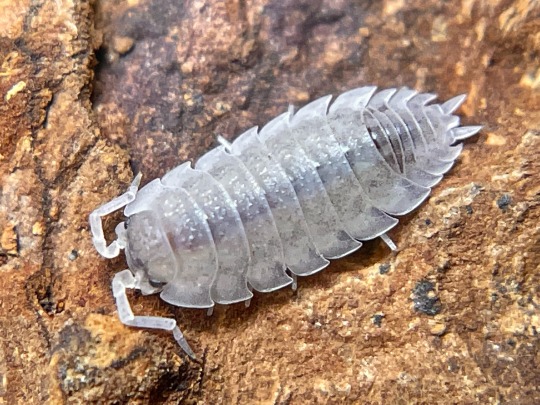

these two were the largest babies I found when I first started selecting them…

and now they’re going to be the first females to give birth to a second generation of “Smoke”! quite different looking but still gorgeous.
very happy to have found these guys and eager to see what they’ll look like in the future
165 notes
·
View notes
Text
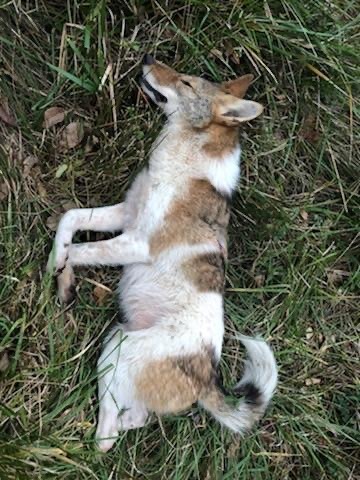
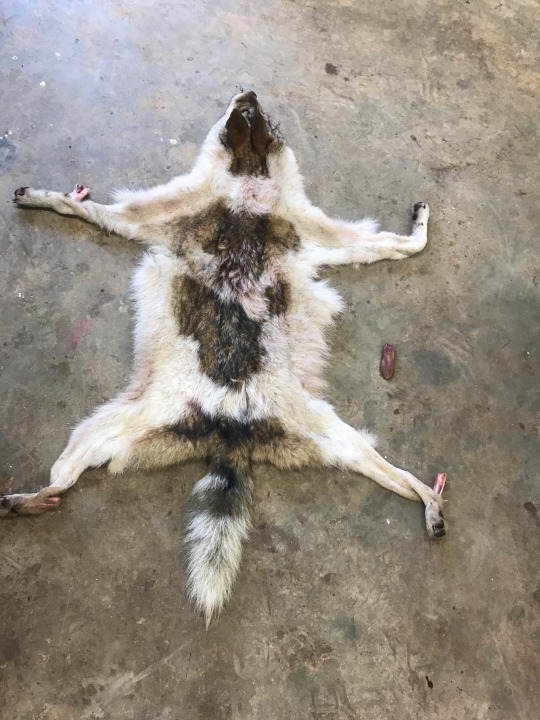
A piebald coyote. The first image looks very dog-like, though the second one not so much?
Taken from taxidermy.net.
#c.oyote#c.oyotes#canines#canids#canidae#canis latrans#color morph#piebald#coydog#maybe?#tw dead animal#tw animal death
24 notes
·
View notes
Text
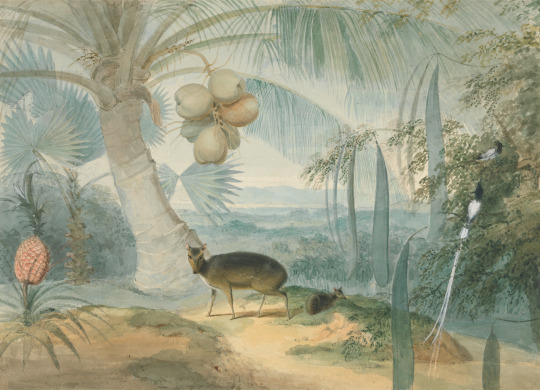
For #WatercolorWednesday:
Samuel Daniell (British, 1775–1811)
A Landscape in Ceylon, With Barking Deer and Fawn and a Pair of Paradise Fly-Catchers
between 1808 and 1811
Watercolor, over graphite, with pen in brown ink and gouache on medium, moderately textured, beige, wove paper
Yale Center for British Art, Paul Mellon Collection, B2006.14.16.
The pecies depicted are the Southern Red Muntjac (Muntiacus muntjak) and white morph Indian Paradise Flycatcher (Terpsiphone paradisi).
#barking deer#southern red muntjac#paradise flycatcher#indian paradise flycatcher#color morph#bird#birds#birds in art#mammal#mammals#landscape#painting#watercolor#illustration#natural history art#Ceylon#Sri Lanka#19th century art#European art#British art#Samuel Daniell#Yale Center for British Art#Watercolor Wednesday#animals in art
8 notes
·
View notes